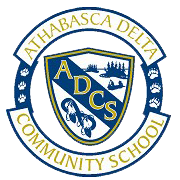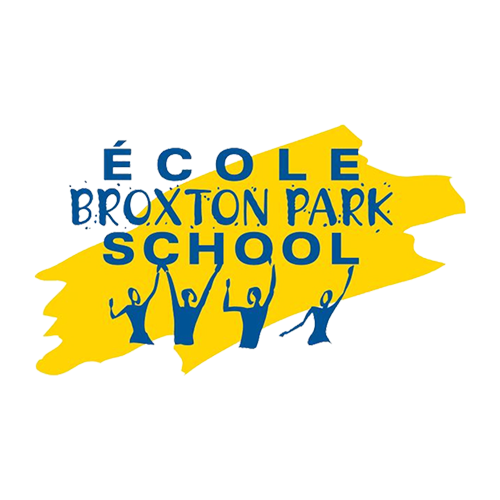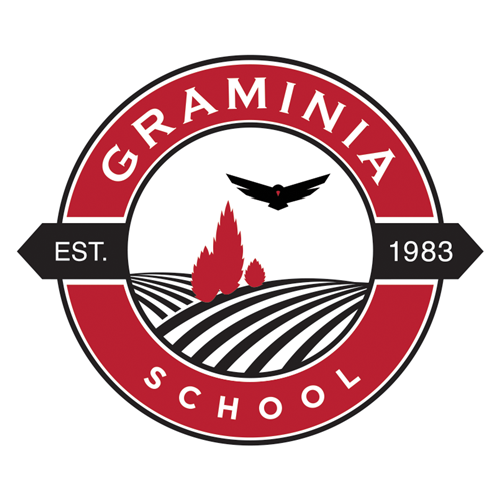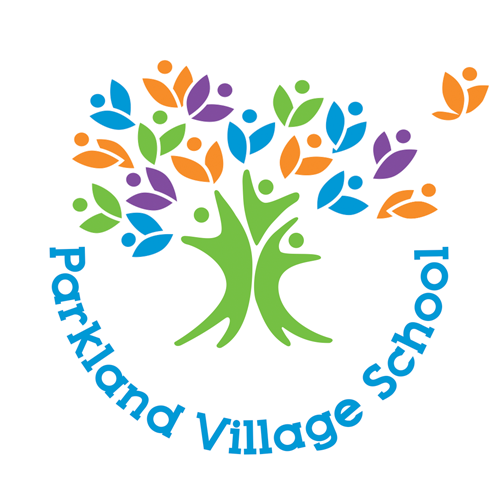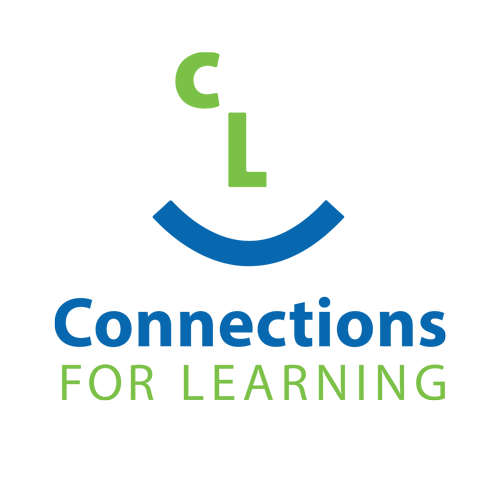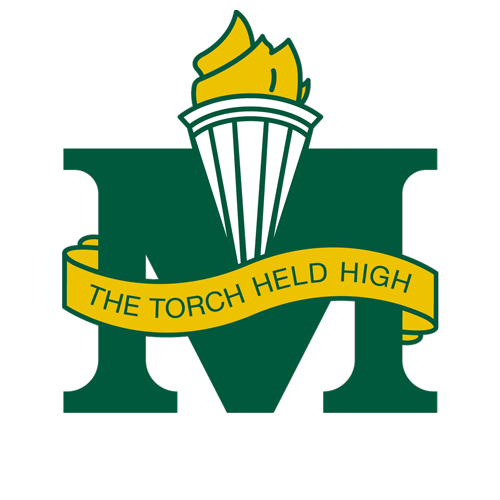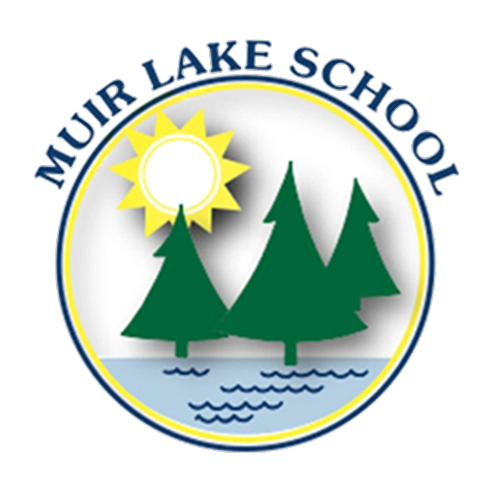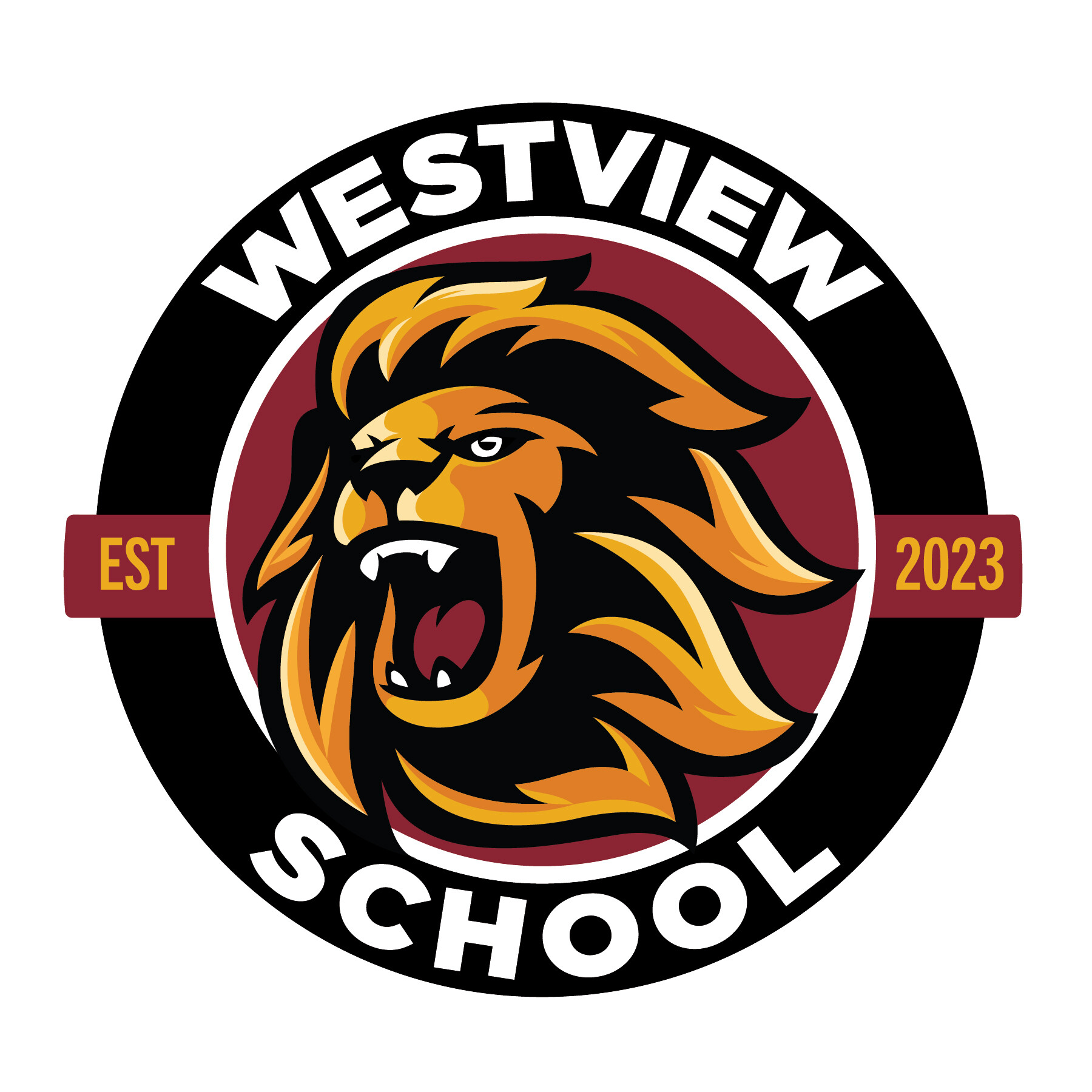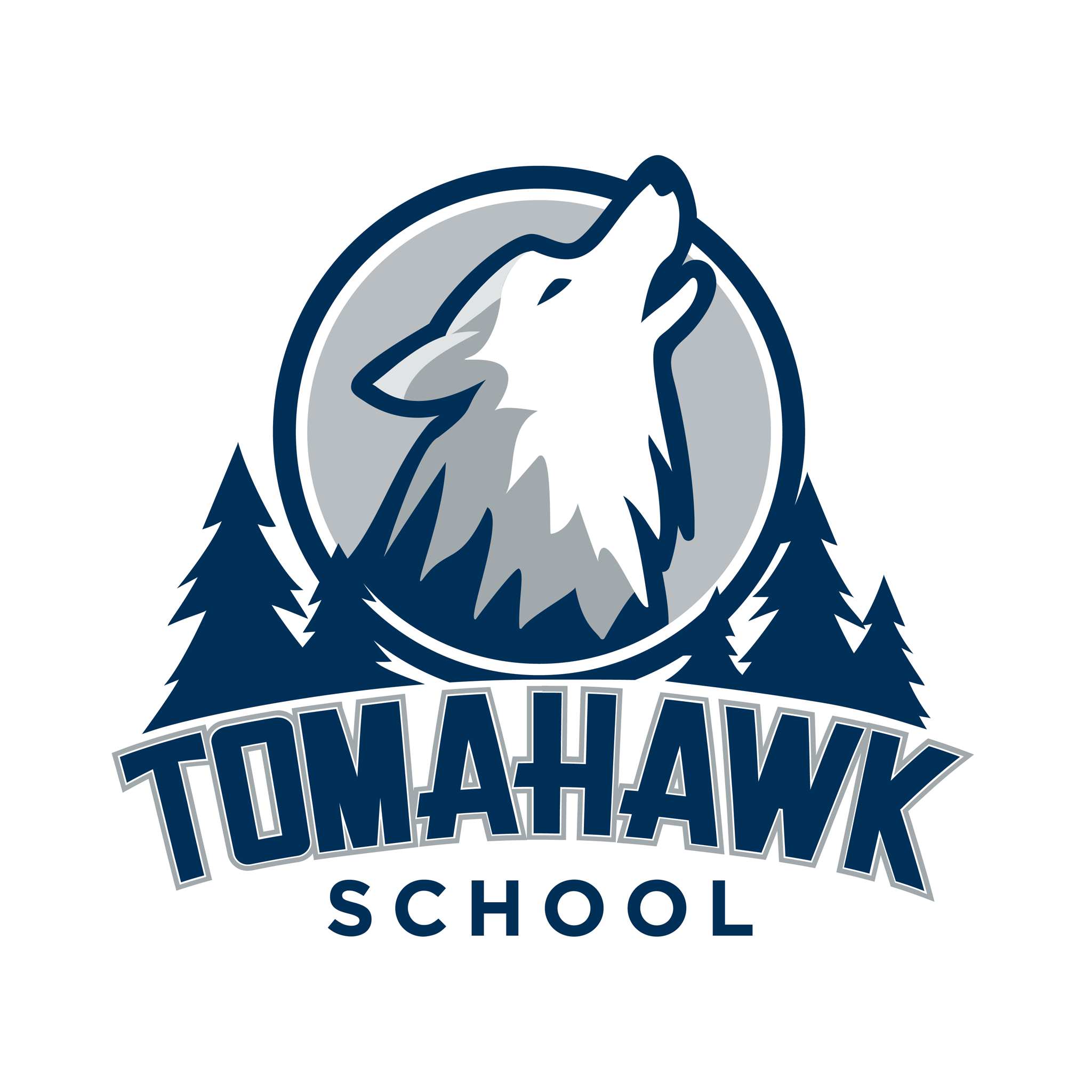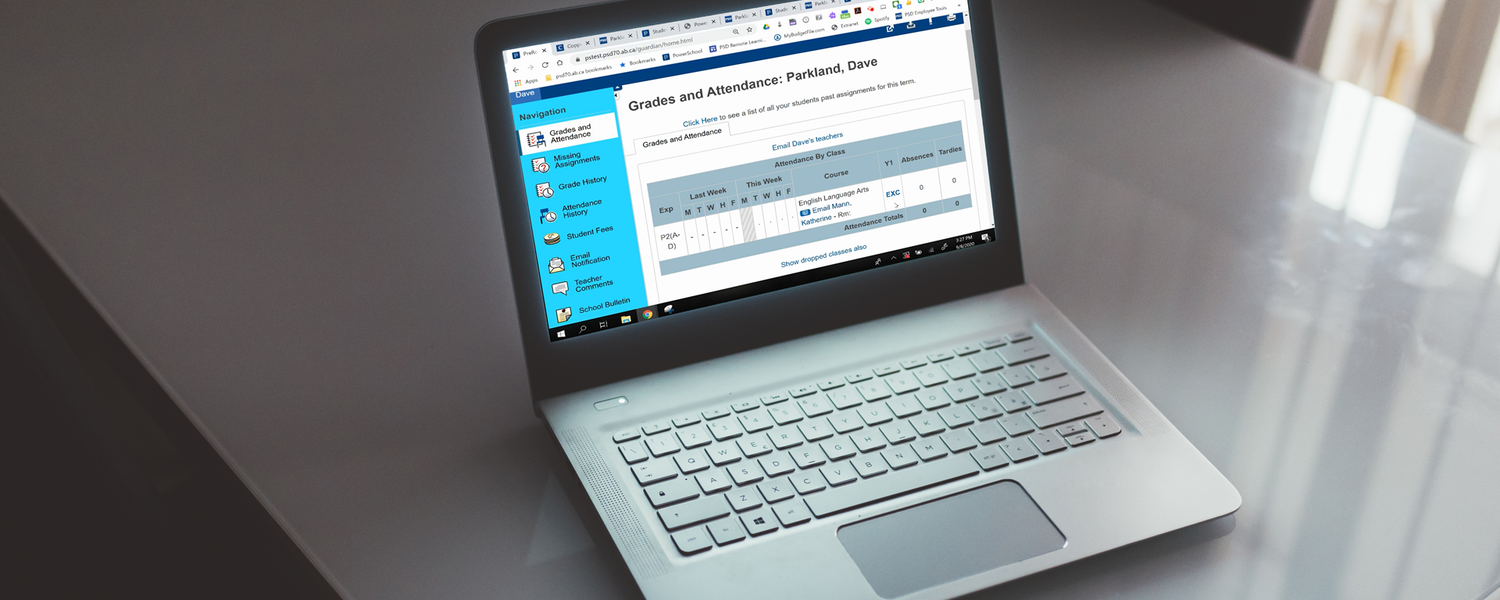ASSESSMENT involves gathering information about student progress, in order to improve teaching and learning.
EVALUATION involves making a professional judgement based on the assessments provided.
REPORTING involves communicating to students and parents the evaluation of student performance in relation to the learning outcomes in the Alberta Programs of Study.
Beginning with the 2019-2020 Academic Year, Parkland School Division will implement a simplified report card that provides parents and students with grade equivalents. While the final “look” of the report card is still in development, our chart (below) provides guidelines to student grades.
Our review process for the Grade 1-9 report card began in June of 2018 in response to our Spring ThoughtExchange process and May 4, 2018 Stakeholder Engagement. Additional engagements occurred throughout this school year, including:
- A student engagement on assessment and reporting;
- Parent engagements through the Council of Student Council;
- Engagements with the Alberta Teachers’ Association Local 10;
- A Teacher Advisory Engagement; and
- Several engagements with School Administration.
While a student’s report card may have a variety of uses, it is primarily a statement of a student’s progress at a particular time. Ultimately, the report card is mostly for the use of parents to understand the level of the child’s progress at the time of reporting. That said, the report card must not be the primary source of communication between the teacher and the parent.
Currently, our high school students and their parents enjoy access to their report cards through the PowerSchool parent portal as an ongoing source of understanding how each child is progressing with any task. The plan is to have this expand to all grades from one through twelve. This will involve training at the teacher level throughout 2019-2020 with full implementation for PowerSchool in 2020-2021. Check out the tutorial from Instructional Services on the PowerSchool Gradebook:
Our parents have indicated strongly that a simplified report card is desired. To this end, the new report card rollout will happen next year in advance of the PowerSchool rollout in the following year.
Provincial Assessments Standards

Provincial Assessments for Diploma Examinations and Achievement Tests are evaluated within these three standards.
Levels of Achievement
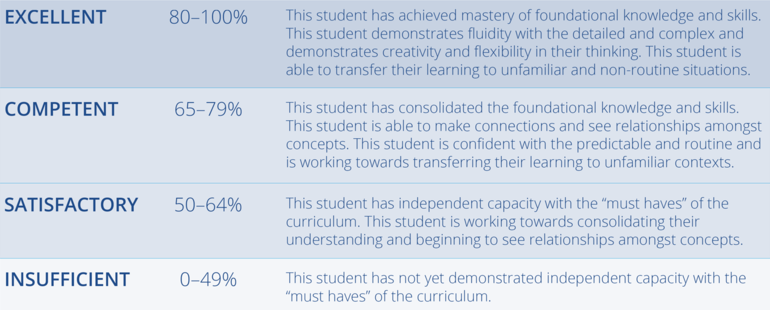
Parkland School Division reports progress within four levels of achievement (Grades 1-9) and percentages (10-12). The Levels of Achievement coordinate with the provincial standards (i.e. the Competent and Satisfactory levels align with the province’s Acceptable Standard).
Report Card Descriptors
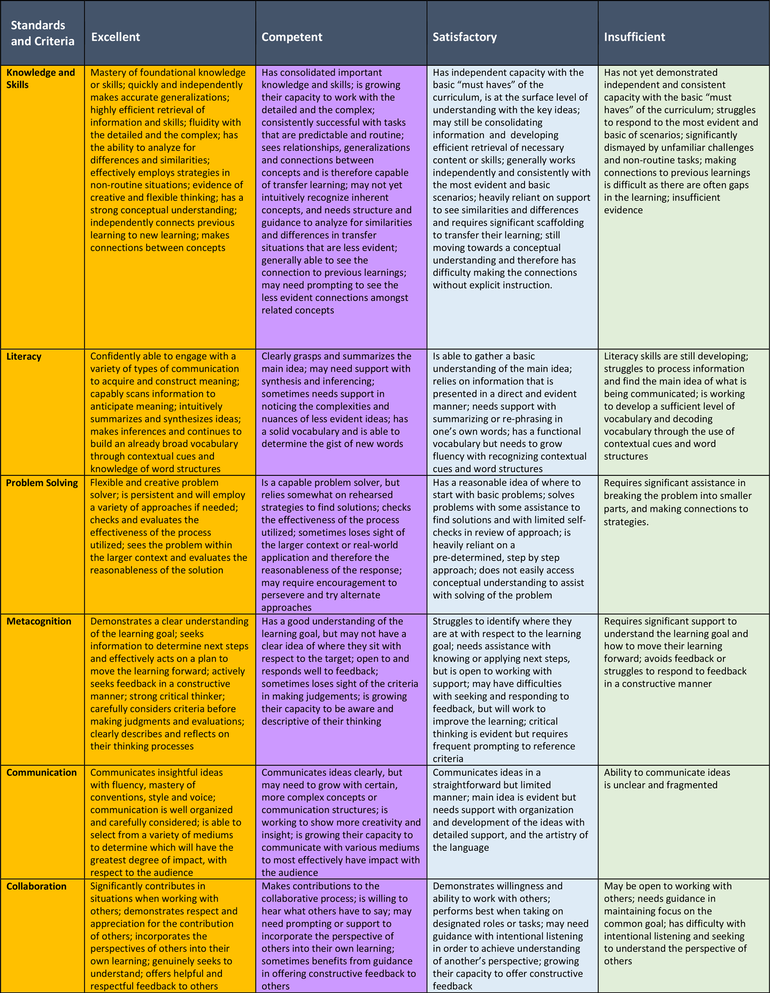
The expected acceptable standard for all students is to achieve, at least, a level of competence, while continually striving to achieve a standard of excellence.
Given the variety of tasks and competencies across the full Alberta Programs of Study from Kindergarten through to Grade 12, the following statements are provided as examples to show an understanding of a student’s performance in Grades One through Nine.
Teachers assess criteria in a manner guided by standards. The items below should guide a better understanding of a student’s level of achievement. It is possible to demonstrate differing levels of mastery within a class, given the complexity and variety of outcomes. A teacher’s role is to professionally weigh a student’s performance across a variety of learning tasks – this is then provided as a summative grade on the report card.
The intent is to provide a clear range of competency and understanding, given the criteria standards listed above. The examples are meant as a starting place and educators are encouraged to use this range to determine assessment criteria as required.
For more information about the updated report cards, please contact your school principal.
Forward comments or suggestions to:
Shaye Patras
Division Principal, Indigenous Education & Numeracy
Email: shaye.patras@psd.ca
